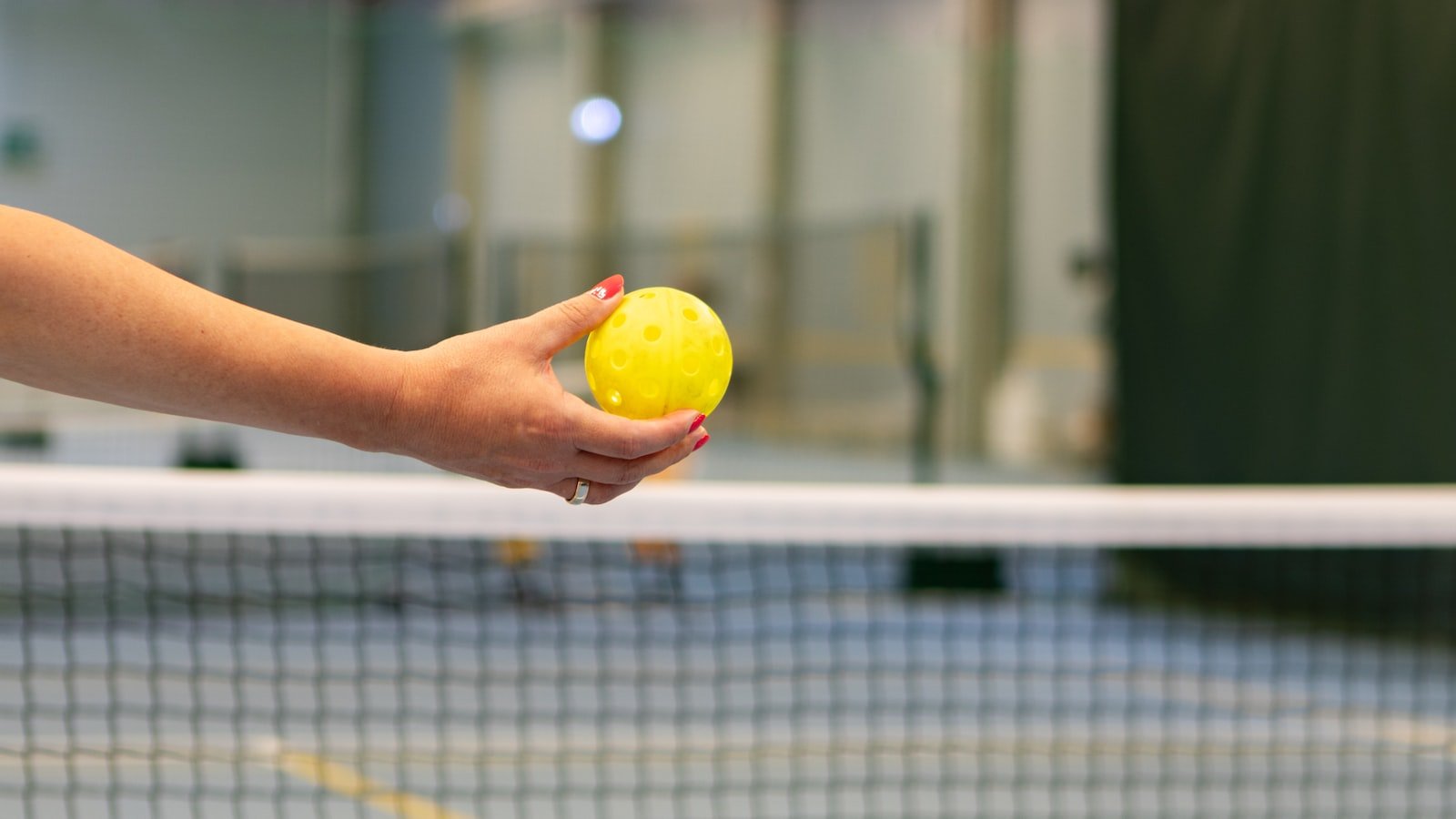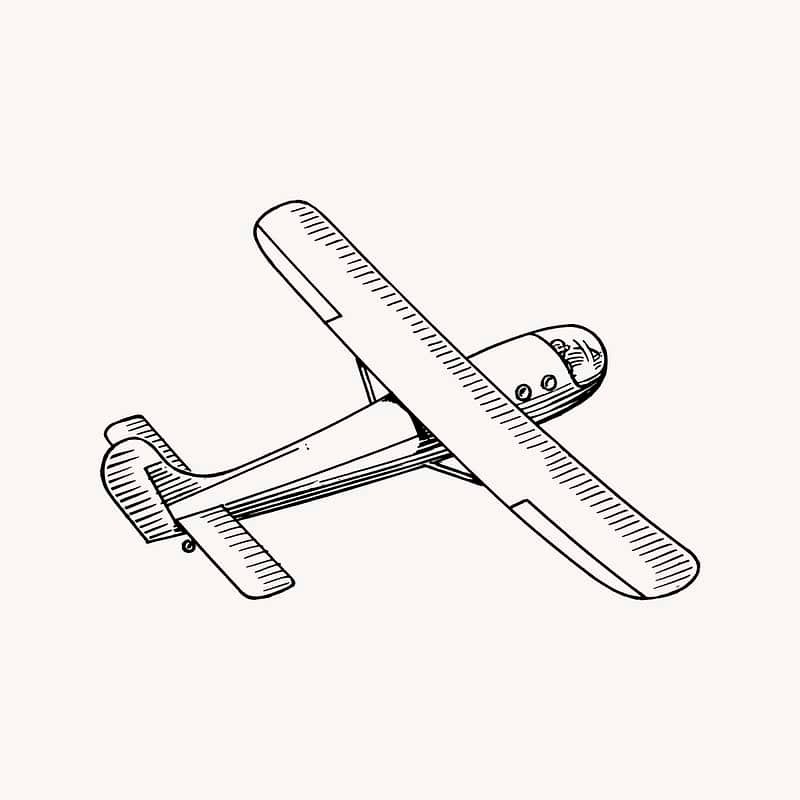In the era of paddle sports, where the thwack of a ball against a surface is accompanied by the cheerful banter of players, one sport has steadily gained popularity and captured the hearts of both racquet enthusiasts and beginners alike: pickleball. With its amalgamation of tennis, badminton, and ping pong, pickleball has emerged as a beloved pastime and a source of unbridled joy. However, as the sport has grown, so too have the complexities of its rules and guidelines. From the humble origins of this whimsically-named game to its current status as a competitive force, the evolution of pickleball regulations has left its mark on both seasoned players and newcomers, providing a fascinating glimpse into how a sport adapts and matures over time.
Table of Contents
- Setting the Scene: Exploring the Emergence of Pickleball Guidelines
- Evolving Standards: Understanding the Transformative Changes in Pickleball Rules
- Navigating the Net: Unraveling the Intricacies of Pickleball Guidelines
- Optimizing Gameplay: Strategies for Adapting to Updated Pickleball Rules
- Smooth Transition: Practical Tips for Embracing the Revised Pickleball Guidelines
- Q&A
- Wrapping Up

Setting the Scene: Exploring the Emergence of Pickleball Guidelines
Pickleball, a sport that originated in the United States in the 1960s, has been steadily gaining popularity worldwide. With its unique blend of tennis, badminton, and table tennis, pickleball offers a thrilling and engaging experience for players of all ages and skill levels.
As the sport grows in popularity, it becomes essential to establish guidelines that ensure fair play and create a safe and enjoyable environment for all participants. This section delves into the emergence of pickleball guidelines, exploring the factors that have prompted their development and the impact they have on the game.
- Rapid Growth: The surge in pickleball’s popularity has resulted in a significant increase in the number of players and competitions worldwide. With this growth, the need for standardized rules and regulations has become clear, helping to ensure consistency and fairness across different venues and tournaments.
- Safety First: Pickleball guidelines also aim to prioritize the safety of players. By defining court dimensions, equipment requirements, and appropriate conduct, these guidelines reduce the risk of injuries and accidents during gameplay, promoting a secure and enjoyable experience for everyone involved.
- Enhancing Skill Development: Another vital aspect of pickleball guidelines is their role in fostering skill development and fair competition. By setting boundaries and limitations on certain techniques or strategies, these guidelines help level the playing field, encouraging players to hone their skills and rely on strategy rather than relying on loopholes or unfair advantages.
In conclusion, the emergence of pickleball guidelines is an essential step in ensuring the sustained growth and success of the sport. By addressing the needs of the growing pickleball community, these guidelines provide clarity, safety, and fairness, ultimately enhancing the overall pickleball experience for players around the world.

Evolving Standards: Understanding the Transformative Changes in Pickleball Rules
The world of pickleball is constantly evolving, and with it, the rules of the game are changing too. Understanding these transformative changes is crucial for both seasoned players and newcomers to the sport. Stay ahead of the curve by familiarizing yourself with the following key developments:
1. Rule Modifications:
As pickleball continues to grow in popularity, organizations like the USA Pickleball Association (USAPA) regularly review and update the game’s rules. From adjusting the serve to clarifying the “non-volley zone” or “kitchen” rules, these updates aim to enhance fairness, safety, and overall playability. Staying up to date with these modifications ensures that you can enjoy the game to its fullest potential.
2. Tournament Regulations:
With the increase in competitive pickleball tournaments worldwide, new rules and regulations have emerged to maintain a level playing field. These regulations cover various aspects, including player eligibility, equipment standards, scoring methods, and match protocols. Familiarizing yourself with tournament-specific rules will help you navigate the competitive landscape and ensure a seamless tournament experience.
3. Rule Adaptations for Special Populations:
Pickleball is an inclusive sport enjoyed by people of all ages and abilities. Recognizing this, rule adaptations have been introduced to accommodate players with physical disabilities or impairments. These adaptations may include modified court measurements, adjusted net heights, or even specialized equipment. Understanding these adaptive rules fosters inclusivity and allows everyone to participate in the game with equal opportunities.
The ever-evolving standards and transformative changes in pickleball rules create an exciting atmosphere for players and fans alike. Embrace the transformations, adapt to the new rules, and witness the game of pickleball reach new heights!
Navigating the Net: Unraveling the Intricacies of Pickleball Guidelines
While the popularity of pickleball continues to surge, so does the intrigue surrounding its guidelines. Unraveling the intricacies of this fast-paced sport can be a daunting task, especially for new players. Fortunately, with a little guidance, navigating the net becomes an enjoyable and rewarding experience.
One of the fundamental aspects to grasp is the court dimensions. Pickleball courts are smaller than tennis courts, measuring 20×44 feet in dimensions, and are divided into a right and left service area by a non-volley zone. This non-volley zone, also known as the “kitchen,” is a crucial element to understand. It is an area within seven feet from the net where players are prohibited from stepping and hitting the ball in the air. Mastering this zone and being mindful of its limitations is essential for strategic play.
Furthermore, becoming acquainted with the scoring system is vital. In pickleball, games are played to 11, and to win, a team must have a clear two-point lead. Serving alternates between the teams, and each player on a team gets only one opportunity to serve before handing the paddle to their partner. Embracing the unique scoring method and learning the tricks for advantageous serving will contribute to achieving success on the court.
Remember, as in any sport, practice makes perfect. So dive into the world of pickleball, explore its intricacies, and soon you’ll be maneuvering the net with confidence, leaving your opponents in awe.
Optimizing Gameplay: Strategies for Adapting to Updated Pickleball Rules
In the fast-paced world of pickleball, staying on top of the ever-evolving rules is essential to maintaining your competitive edge. As rules are updated and adapted, players must find strategies to optimize their gameplay and keep their opponents guessing. Here are a few tips to help you adapt to the updated pickleball rules:
1. **Master the third shot drop:** With the new rule changes, the importance of a strong third shot drop cannot be emphasized enough. This shot requires finesse and accuracy, aiming to place the ball low and close to the net. By executing this shot effectively, you can force your opponent to rely on a more defensive play, giving you the advantage and setting yourself up for a strong offensive position.
2. **Communication is key:** With updated rules comes the need for improved communication on court. Establish clear signals and signals with your partner to avoid confusion and maximize your team’s potential. A well-coordinated team will have a greater chance of success in adapting to the modified rules.
3. **Stay adaptable:** As the rules change, so should your game plan. Being flexible and open-minded in your approach will allow you to quickly adjust to any new regulations. Expanding your skill set, practicing different shots, and adapting your strategies accordingly will ensure that you are always one step ahead on the pickleball court.
Remember, optimizing gameplay goes beyond just physical skills; it also requires mental agility and a willingness to adapt. By incorporating these strategies into your play, you’ll be well-equipped to tackle any updated pickleball rules that come your way. Stay confident, stay agile, and keep pushing your boundaries for ultimate success on the court.
Smooth Transition: Practical Tips for Embracing the Revised Pickleball Guidelines
Are you ready to take your pickleball game to the next level? With the revised guidelines, it’s important to make a smooth transition and adapt to the changes. To help you embrace the updated rules, we have put together some practical tips that will keep you ahead of the competition.
Stay informed: The first step to embracing any change is to fully understand it. Take the time to read and familiarize yourself with the revised pickleball guidelines. This will ensure that you know exactly what is expected of you on the court and will help avoid any confusion during gameplay.
Practice makes perfect: Adjusting to new guidelines can be a challenge, but consistent practice is key. Incorporate the revised rules into your training sessions and focus on specific areas that require improvement. Practice serves, rallies, and shot placements within the boundaries of the updated regulations to build muscle memory and confidence.
Seek guidance: Don’t hesitate to reach out to experienced players or coaches for advice. They may have valuable insights and tips on how to adapt to the revised guidelines effectively. Join community forums or local pickleball groups to connect with others who are also navigating the changes. Remember, learning from others can accelerate your understanding and acceptance of the new rules.
Ready to embrace the revised pickleball guidelines? Follow these practical tips and you’ll be on your way to becoming a true master of the game!
Q&A
What is pickleball?
Pickleball is a popular paddle sport that combines elements of tennis, badminton, and table tennis. It is played with a paddle and a plastic ball on a court, and can be enjoyed by people of all ages and skill levels.
How have the guidelines for pickleball changed over time?
The guidelines for pickleball have evolved to accommodate the sport’s growing popularity. Changes have been made to equipment specifications, court dimensions, and tournament rules, ensuring a fair and enjoyable playing experience for participants.
What prompted the need for change in pickleball guidelines?
As pickleball gained more attention and participation, it became necessary to establish clear guidelines to standardize the sport. By implementing consistent rules, pickleball can be played competitively and uniformly around the world, enhancing its appeal.
What are some of the key changes in pickleball guidelines?
Some notable changes include revisions to the allowed paddle dimensions, adjustments to the no-volley zone and serve rules, and the introduction of rule variations for different skill levels. These changes have aimed to improve gameplay dynamics and maintain fairness across all matches.
How have the changes in pickleball guidelines been received by players?
Responses from players have been largely positive, with many appreciating the efforts to establish a standardized rulebook. The changes have helped create a level playing field, allowing players to develop skills more effectively and enjoy competitive matches both recreationally and in tournaments.
Who sets the guidelines for pickleball?
The guidelines for pickleball are established and periodically revised by the International Federation of Pickleball (IFP). The IFP collaborates with experts, players, and officials to ensure that the rules reflect the best practices and interests of the sport’s global community.
Are all pickleball guidelines globally consistent?
While there is a set of international guidelines defined by the IFP, some regional variations may exist to account for local preferences and facilities. However, these variations typically align closely with the overarching principles set forth by the IFP, promoting consistency and fair play across different regions.
Wrapping Up
As the sun sets on the evolution of pickleball rules, we find ourselves at the tail end of a captivating journey through time. From humble beginnings to widespread popularity, this relentlessly dynamic sport has witnessed its fair share of transformations in its guidelines, leaving players and enthusiasts to bask in the glow of a new era.
Like a masterful painter refining their brush strokes, pickleball’s guidelines have undergone meticulous adjustments to enhance the game’s enjoyment and promote fair play. It was a delicate dance, balancing tradition with innovation, as the governing bodies recognized the need to adapt to the ever-evolving needs and desires of an ever-growing community.
In this frenzied pursuit of perfection, the initial guidelines acted as the foundation, yet they couldn’t remain immune to change. Players feverishly explored new strategies, pushing the sport to its limits, and demanded that the rules reflect these ingenious advancements. The result? A breathtaking symphony of revisions that sparked endless possibilities and left players exhilarated at the fresh horizons that lay before them.
The essence of pickleball, once inseparable from the courts, started to permeate every aspect of the game. Delicate details were scrutinized, dissected, and crafted, paving the way for transparency and consistency. Innovations encompassed every corner: a shift in court dimensions, refined serve regulations, and an updated scoring system. With each modification, a whisper of excitement rippled through the pickleball community, inviting players to step into uncharted territory with newfound confidence.
But it wasn’t just the physicality of the game that evolved; etiquette too experienced a renaissance. An emphasis on sportsmanship, camaraderie, and respect for the opponents emerged as keystones of a holistic and enriching pickleball experience. The once fabled “volleying goldmine” transformed into an arena where fair play and good spirits thrived, leaving behind arbitrary disputes in favor of a mutual appreciation for the game we all hold dear.
As we bid farewell to the era of rigid norms and embrace this era of dynamic change, we find ourselves at the precipice of a remarkable new chapter for pickleball. The guidelines, etched in the hearts and minds of players worldwide, have laid the groundwork for a sport that defies boundaries and challenges the limits of human capability.
In this final reflection, we celebrate the tireless efforts of those who meticulously crafted these new rules, inviting us to partake in the exhilarating journey of a sport constantly evolving. For, in the unpredictable tides of life, pickleball stands as a testament to the ever-changing nature of our world, reminding us that setting the rules ensures that the exhilaration remains boundless.
As an affiliate, my content may feature links to products I personally use and recommend. By taking action, like subscribing or making a purchase, you’ll be supporting my work and fueling my taco cravings at the same time. Win-win, right?
Want to read more? Check out our Affiliate Disclosure page.




